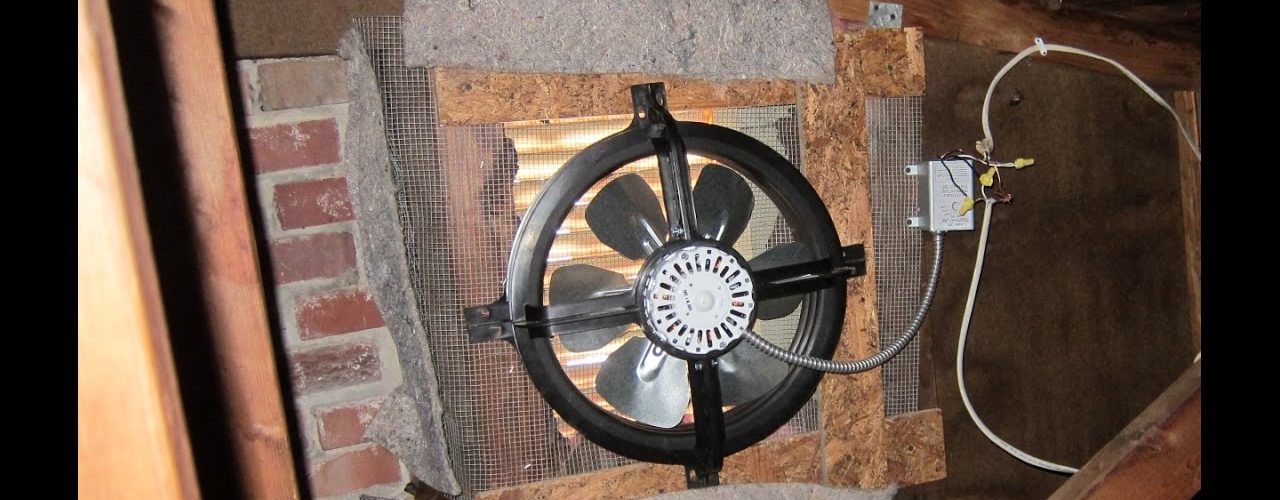Virtually every homeowner would like to make their home more energy efficient and decrease their utility bills, but most improvements that can be done are expensive and must be handled by professionals. Many individuals consider new siding or replacement windows, and these projects certainly can lower the utility costs of the home. However, the high cost will completely negate the savings and most homeowners realize that it would take years to save enough to foot the bill. The good news, however, is that better ventilation will help decrease the heat that the air conditioning system has to battle, and it truly is not difficult to install an attic fan. Consumers thinking about installing an attic fan should first understand how it works, and then select the most appropriate unit to install.
Contents
How an Attic Fan Works
It is no secret that attics and the eaves of a home often experience incredibly high temperatures during the warmer months of the year, and the heat can make it very difficult for an air conditioner to cool the rest of the home. The stagnant air that stays within the attic is directly related to the lack of ventilation. Because the air doesn’t move, the heat remains the same. An attic fan simply draws in outside air and allows the stagnant heated air to circulate through the ventilation ducts. Less heat in the upper portion of the home allows the air conditioning system to cool the rest of the house without having to constantly battle the temperature. Utility bills are drastically decreased due to the fact that the air conditioner doesn’t have to run constantly to keep up.
Types of Attic Fans
1. Electric Powered Ridge Vents
2. Solar Powered Eaves Fan
3. Electric Powered Eaves Fan
4. Solar Powered Ridge Vents
Ridge Vents
The attic fans that mount on the roof of the home are most acceptable for applications in which the unit cannot be mounted in the eaves or along the side of the house. Ridge vents involve cutting holes in the roof and shingles, so it is often recommended that only a professional or qualified contractor completes these installs. Anything less than a perfect installation could result in roof leaks. If an individual is going to perform the task themselves, it is important to only cut as large a hole as necessary. Solar powered vents are available and are much easier than the electric powered options that must be hard wired.
Eaves Fans
The most common, and easiest to install, type of attic fans are those that are installed in the eaves of the home. Some fans take advantage of the ventilation holes already drilled into the side of the house, so it often is not even necessary to make permanent modifications to the structure of the home. Both electric powered and solar powered models are available, and both are fairly easy to install. The solar powered versions often have a panel that looks a lot like a satellite dish, and it is mounted in similar fashion using bolts to the side of the house. The electric powered versions can either be hard wired or simply plugged in. Because the entire component is going to be inside the attic and protected from the elements, the attic fan can actually be plugged straight into an outlet.
On Demand Vs. Constant
All attic fans can either be wired to a thermostat or set to stay on constantly. A thermostat comes with a relay that when installed will allow the fan to turn itself on or off as needed. Otherwise, an attic fan will always be on and running. If a thermostat is not installed, it would at least be a good idea to have a switch that will turn the fan on or off.



